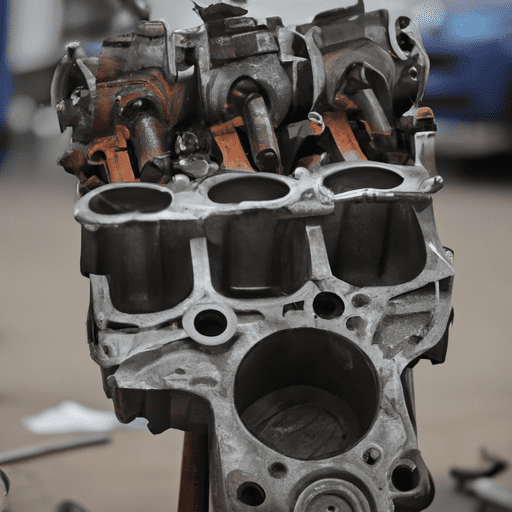Introduction
The art of engine rebuilding and restoration has been around for decades. It is a way of reviving vintage and classic engines, making them functional and performing like brand new. It is a combination of science, art and passion, as it requires a skillful and creative approach to bring old engines back to life. In this article, we will explore this fascinating world of engine rebuilding and restoration, discussing its history, the process, and the benefits of reviving the past.
The history of engine rebuilding and restoration
The history of engine rebuilding and restoration dates back to the early 20th century. During that time, automobiles were still in their infancy, and engines were far from perfect. Engine failures were common, and it was not uncommon to replace an engine every few years. However, in 1915, a company called “Dixie Flyer Garage” was established in Atlanta, Georgia, offering engine rebuilding services. This was the first engine rebuilding shop in the United States, and it quickly became popular among car owners. The company was so successful that it expanded and opened branches all over the country.
The process of engine rebuilding and restoration
Engine rebuilding and restoration can be a complex process, requiring a combination of technical expertise and creative problem-solving. Here is a step-by-step breakdown of how the process typically works:
1. Disassembly: The first step is disassembling the engine, removing all the components, and inspecting them for damage or wear. This includes the block, crankshaft, pistons, and bearings.
2. Cleaning: Once the engine is disassembled, the next step is cleaning. This involves removing any dirt, grime, or rust from the components to prepare them for machining and rebuilding.
3. Machining: This step involves machining the components to the correct specifications. This includes reboring the cylinders, grinding the crankshaft, and replacing damaged bearings.
4. Assembly: Once the components are machined, the next step is assembly. This involves putting the engine back together, making sure all the components fit together perfectly. This is where the true artistry of engine rebuilding comes in, as a skilled mechanic must balance precision with creativity to ensure the engine runs smoothly and efficiently.
5. Finishing touches: The final step is adding the finishing touches. This may include painting the engine or adding new parts, such as a new carburetor or exhaust manifold.
The benefits of reviving the past
There are several benefits to reviving vintage and classic engines through engine rebuilding and restoration. Here are a few:
1. Cost-effective: Engine rebuilding and restoration can be a cost-effective way of keeping an old car on the road. Instead of buying a new engine, a rebuilt engine can be an affordable option.
2. Eco-friendly: Rebuilding an old engine is also eco-friendly as it saves the energy and resources that would be required to manufacture a new engine.
3. Historical value: Reviving a vintage or classic engine can add significant historical value to a car. It allows the owner to preserve a piece of automotive history and re-create the experience of driving a classic car.
4. Performance: Rebuilt engines often perform better than the original engine due to advancements in machining technology and materials. This can result in a smoother, more efficient ride.
Conclusion
The art of engine rebuilding and restoration is a fascinating world that combines science, art, and passion. It has a rich history, with early pioneers paving the way for modern-day mechanics to continue the tradition. The process of engine rebuilding and restoration can be complex and challenging, but the benefits of reviving the past are vast. It is a cost-effective, eco-friendly way of keeping classic cars on the road, adding historical value and improving performance. In essence, engine rebuilding and restoration embody the spirit of innovation, creativity and a commitment to preserving history for future generations to enjoy.


